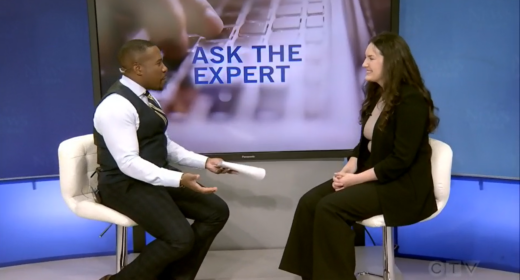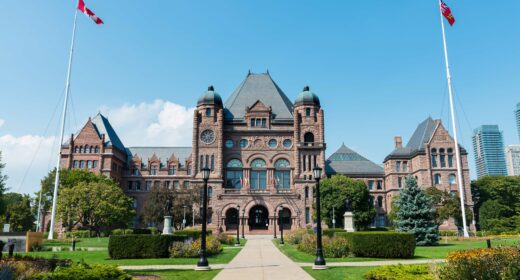[Note: this is a transcript of a video that originally appeared on our website in June 2013]
Conflicts can sometimes arise in the workplace. When this happens, our union clients often ask: how do we represent our members when a conflict arises in the workplace between two or more members?
In order to answer that, we need to take a look at the interests and obligations that are involved. The consequences of not intervening in a workplace dispute can be quite serious for a union. A simple misunderstanding may devolve into a more serious problem for the members involved. The employer may also seek to impose a solution that isn’t to the benefit of the members or to the union itself. The members may also be the object of disciplinary action by the employer. The longer it persists in the workplace, the more resources the union will need in order to address the problem, and the greater risk that it will spread to involve other members as well.
The union’s role in addressing the workplace conflict will depend on the circumstances of each case. Often the union will want to meet with each person involved and listen to what the complaint is about. The union can also assess whether or not it is appropriate to undertake an investigation. The investigation can happen internally, using union staff, or externally using a third-party investigator. The investigator will want to meet with each individual separately to collect the relevant facts, and each individual should also understand the consequences of not finding a solution. At this stage, mediation can also be quite helpful. If mediation is engaged, each individual should understand what the process will look like and consent to the process. If mediation isn’t successful, the union will want to assess whether it’s necessary to communicate the problem to the employer. In some cases it will be important to include management in finding a solution. It’s especially important when looking at issues of health and safety, and where there’s the real risk that the problem can spread throughout the membership and throughout the workplace.
The union will have to decide if it can represent both members in the dispute. Depending on the outcome of the investigation, the union may be in a position where it has to take sides. However, it may be possible in some cases to move forward with two separate grievances. That’s particularly the case where the employer’s action or lack of action has somehow led to the dispute.
The best advice for unions is to ensure that their stewards receive training on strategies and techniques for conflict resolution. It’s also important that unions seek out legal advice, to ensure that the techniques and strategies adopted support their duty of fair representation.


